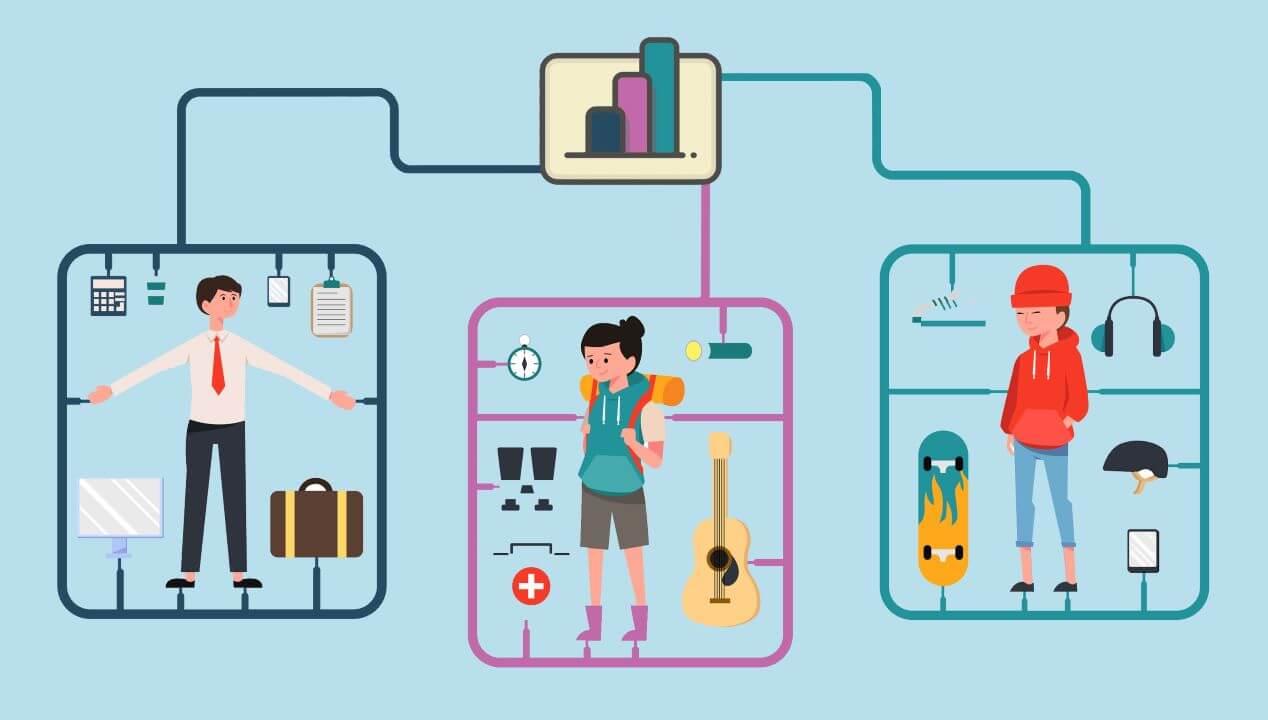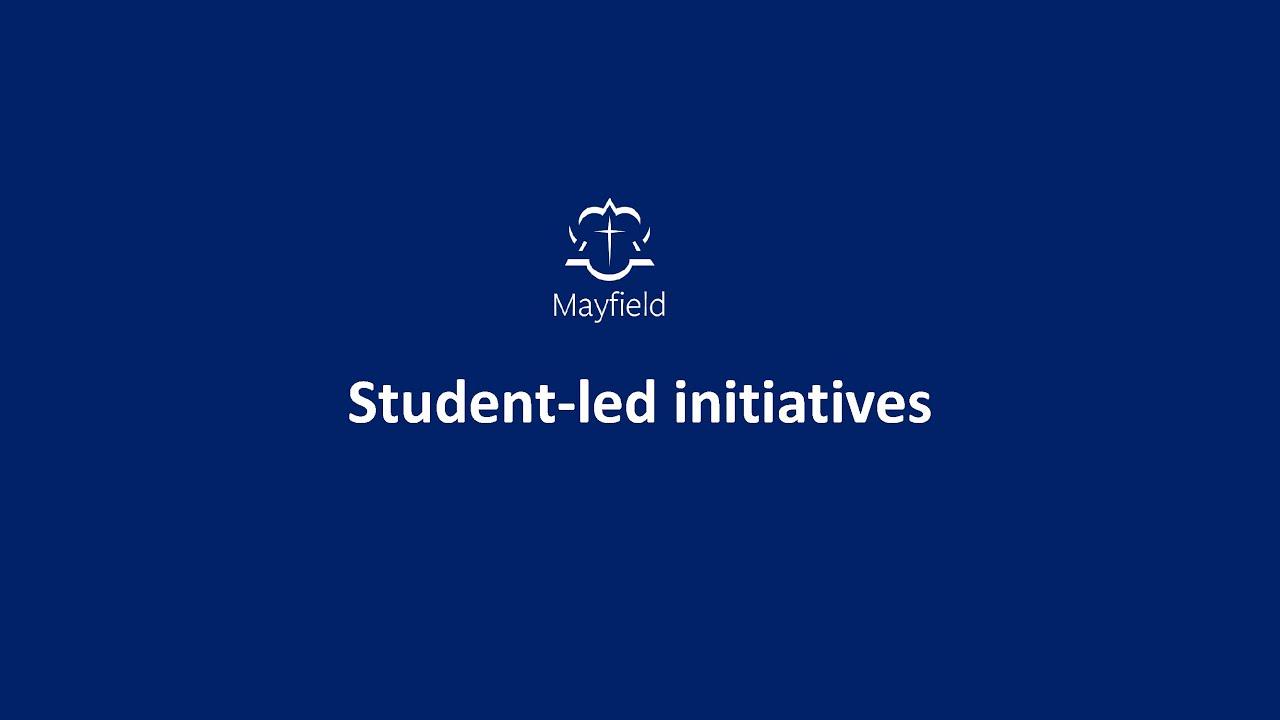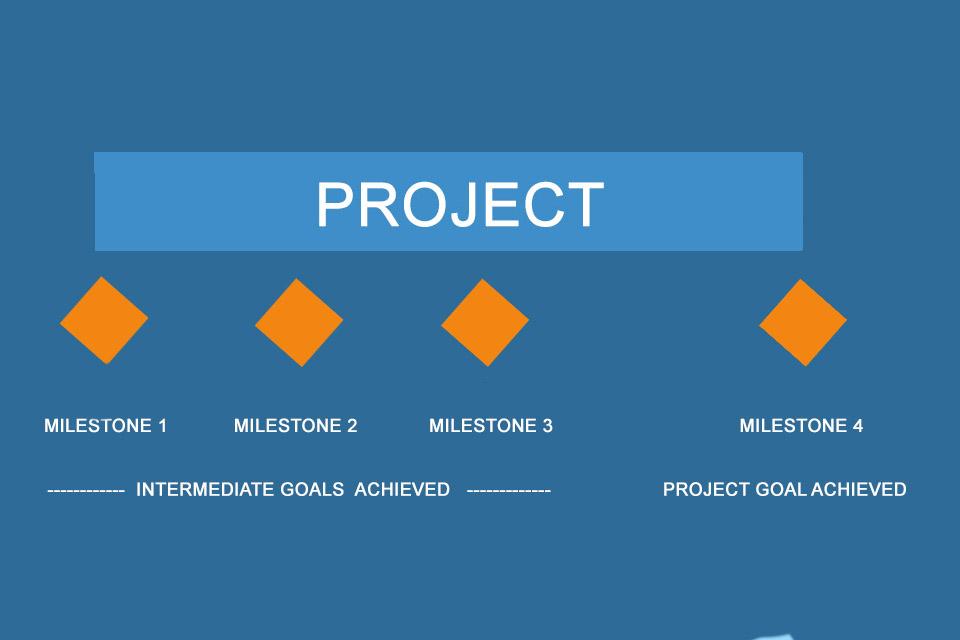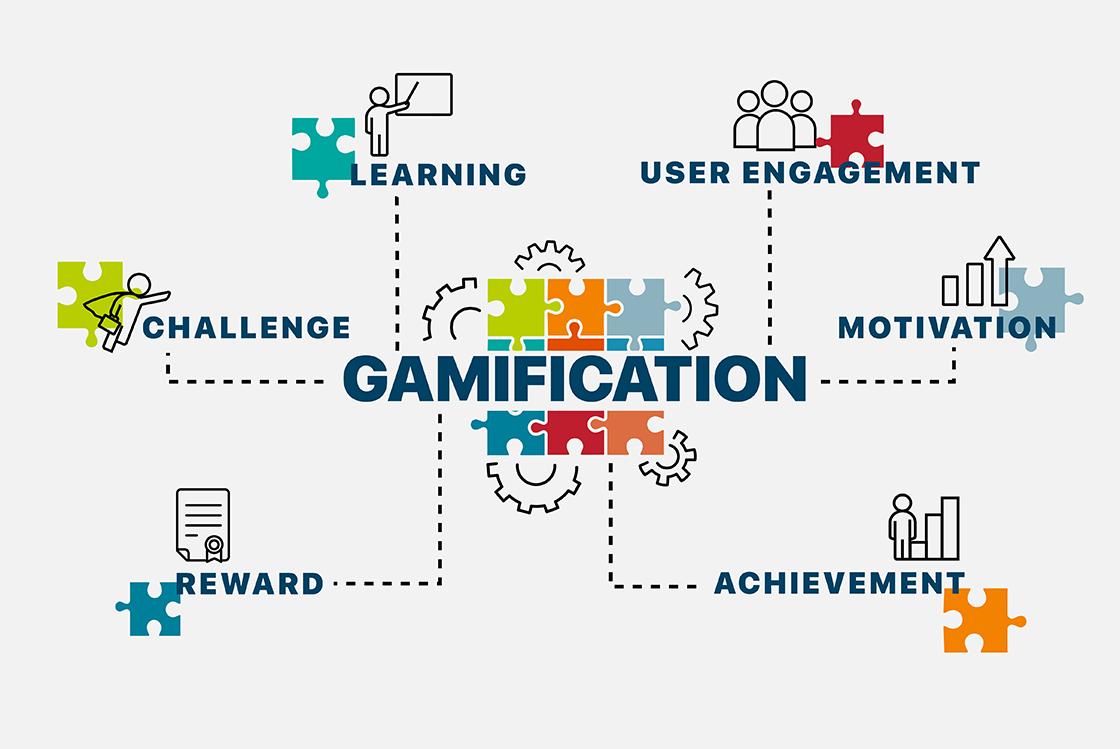In today’s digital age, online courses have transformed the way we learn, but one challenge remains: how do we create a true sense of community in a virtual space? If you’ve ever felt the loneliness of studying alone or wished for more interaction with your peers and instructors, you’re not alone. Building a vibrant community in online courses is not just a nice-to-have; it’s essential for enhancing engagement, boosting motivation, and fostering deeper learning experiences. In this article, we’ll dive into the five (plus!) best strategies that can turn your online course from a solitary endeavor into a lively, collaborative journey. Whether you’re an instructor looking to enrich your students’ learning experience or a learner eager to connect with others, these actionable tips will help you cultivate a supportive and dynamic online environment. Let’s get started on creating a community that thrives!
Creating a Welcoming Online Environment for All Learners
In the digital realm, crafting a space where every learner feels at home is crucial for engagement and success. One way to achieve this is through intentional communication. Encourage open dialogue by creating discussion boards where learners can share their thoughts and experiences. Use prompts that foster vulnerability and growth,allowing students to relate to one another on a more personal level.
Another effective strategy is to implement icebreaker activities. At the start of your course, organize fun and interactive introductions. These can be simple quizzes, polls, or video introductions where students share their backgrounds and aspirations. Making these activities a regular occurrence helps to build familiarity and encourages connections among peers.
Moreover, establishing clear guidelines and expectations for communication can set a positive tone. By outlining respectful behavior, response times, and the importance of inclusivity, you create a framework that promotes a safe learning environment. Consider creating a visual guide or a cheat sheet that outlines these norms, making it easy for learners to reference.
Utilizing technology can further enhance your community-building efforts. tools like virtual breakout rooms in video conferencing platforms allow small groups of students to collaborate and discuss topics in a more intimate setting. Assigning them specific tasks can encourage teamwork and deepen their understanding of the course material.
| Strategy | Description | benefits |
|---|---|---|
| Intentional Communication | Create discussion boards for open dialogue. | Fosters connection and engagement. |
| Icebreaker Activities | Organize fun introductions at course start. | Builds familiarity and trust. |
| Clear Guidelines | Outline respectful behavior and norms. | Promotes a safe and inclusive environment. |
| Virtual Breakout Rooms | Facilitate small group discussions online. | Encourages collaboration and deeper learning. |
Lastly, celebrate the achievements of your learners. Recognizing milestones, whether big or small, can create a sense of belonging and motivation. Consider highlighting student contributions in newsletters or dedicating a section of your online space to showcase their work. This not onyl acknowledges their efforts but also inspires others to engage and participate.

Encouraging Meaningful Interactions Among Participants
Creating a vibrant online course community hinges on fostering meaningful interactions among participants. When individuals feel connected, they are more likely to engage deeply with the content and with each other. Here are some strategies to encourage these interactions:
- Facilitate Small Group Discussions: Break the larger cohort into smaller groups for discussions or projects.This allows participants to share ideas and build rapport in a more intimate setting. Use breakout rooms during live sessions or create dedicated forums for these groups.
- Utilize Icebreaker Activities: Start with fun icebreaker activities that encourage participants to share personal anecdotes or interests. This can be as simple as a quick poll or a “two truths and a lie” game, helping to lighten the mood and foster connections.
- Encourage Peer Feedback: Implement structured peer review sessions where participants can give and receive feedback on assignments or projects. This not only promotes learning but also builds trust and camaraderie among participants.
- Host Virtual Meetups: Schedule informal virtual meetups outside of class hours. These can be themed discussions, casual coffee chats, or collaborative study sessions, allowing participants to connect on a personal level.
Another effective way to enhance interaction is by incorporating technology that encourages collaboration. As an example, using shared documents or collaborative mind-mapping tools can enable participants to work together on projects in real-time, fostering a sense of teamwork and community.
Offering incentives for participation can also work wonders. Consider creating a points system or providing certificates for active contributors.This encourages participants to engage more frequently, knowing that their contributions are valued and recognized.
lead by example. As the facilitator, actively participate in discussions, respond to comments, and share your insights. When participants see you engaging meaningfully, they are more likely to follow suit, creating a more dynamic and interactive learning environment.
| Strategies | Benefits |
|---|---|
| Small Group Discussions | Fosters intimacy and deeper connections |
| Icebreaker Activities | Lightens the mood and encourages sharing |
| Peer Feedback | Builds trust and enhances learning |
| virtual Meetups | Strengthens community bonds |
| Incentives for Participation | Motivates engagement and acknowledges contributions |

Leveraging Social Media to Foster Community Connections
in today’s digital age, social media platforms have become invaluable tools for educators looking to build community within online courses. Harnessing the power of these platforms can create a vibrant learning environment that enhances engagement and fosters meaningful interactions among students.Here are some effective strategies that can help educators leverage social media to strengthen community connections:
- Create Exclusive Groups: Establish private groups on platforms like Facebook or LinkedIn where students can connect, share ideas, and collaborate. This space can serve as a safe haven for discussions, questions, and peer support.
- Facilitate Regular Discussions: Use social media to initiate discussions on relevant topics. Pose thought-provoking questions, and encourage students to share their insights and experiences. This not only stimulates engagement but also enriches the learning experience.
- Utilize Live Videos: Take advantage of live streaming features on platforms such as Instagram or Facebook to host Q&A sessions, guest lectures, or informal meet-and-greets. These interactions can make the learning experience feel more personal and dynamic.
- Showcase Student Work: Create a dedicated space for students to share their projects, essays, or creative endeavors. Highlighting their achievements publicly can boost confidence and encourage others to participate.
- Run Challenges and Contests: Organize fun challenges or contests that prompt students to engage with course content creatively. This not only enhances learning but also fosters a sense of camaraderie as participants cheer each other on.
To streamline communication and interaction, consider utilizing tools like polls and surveys on social media.This can definitely help gather feedback and gauge the needs of students, allowing you to tailor course content and community activities more effectively. Additionally, sharing resources, articles, and relevant news can help position the community as a hub of knowlege and support.
| Strategy | Benefits |
|---|---|
| exclusive groups | Builds trust and open communication. |
| Regular Discussions | Encourages diverse perspectives and engagement. |
| Live Videos | Creates a personal connection and real-time interaction. |
| Showcasing Work | Boosts confidence and inspires creativity. |
| Challenges | Fosters teamwork and a fun learning environment. |
ultimately, the goal is to create an inclusive atmosphere where students feel valued and connected.By weaving social media into the fabric of your online course, you can transform a solitary learning experience into a collaborative journey that inspires and motivates everyone involved.
Utilizing Group Projects to Build Collaborative Skills
Group projects offer an excellent chance for students in online courses to enhance their collaborative skills, which are essential in today’s connected world. By engaging in these collaborative efforts, learners not only get to tackle complex problems together but also develop a sense of community that enriches their educational experience.
To make the most out of group projects, consider implementing the following strategies:
- Clear Objectives: Start with a well-defined goal for the project. When everyone understands the purpose and desired outcomes, it fosters a sense of direction and motivation.
- Diverse Roles: Assign roles based on each member’s strengths and preferences. This not only ensures that tasks are distributed fairly but also encourages individuals to take ownership of their responsibilities.
- Regular Check-Ins: Schedule periodic meetings to discuss progress, challenges, and next steps. This keeps the group aligned and helps address any issues before they escalate.
- Utilize technology: Leverage various collaboration tools like Slack, Trello, or Google docs to facilitate communication and project management. These platforms make it easier for members to stay connected and organized.
Furthermore, it’s beneficial to incorporate some structured reflection into the group process. After the project is completed, encourage members to share their experiences, highlighting what went well and what could be improved.This reflection not only promotes learning but also strengthens future collaborations.
Here’s a simple table to summarize the impact of group projects on collaborative skills:
| Skill Developed | Description |
|---|---|
| Communication | Enhances the ability to articulate thoughts clearly and listen actively. |
| Conflict Resolution | Teaches how to navigate disagreements and find common ground. |
| Teamwork | Fosters a sense of unity and shared purpose among members. |
| Time Management | Encourages setting deadlines and adhering to schedules collaboratively. |
Lastly, creating a positive and inclusive environment is crucial. Encourage students to respect each other’s ideas and contributions, fostering an atmosphere where everyone feels valued. When members support each other, they’re more likely to engage actively and contribute to a triumphant project outcome.
Incorporating these approaches to group projects can substantially enhance the collaborative skills of students in online courses, ultimately preparing them for the collaborative demands of the workforce.
Incorporating Regular Feedback for Continuous Engagement
In the realm of online education, the key to sustained interest and involvement lies in establishing a feedback-rich environment. Regular feedback not only enhances the learning experience but also fosters a sense of community among course participants. When learners feel their voices are heard, they are more likely to stay engaged and motivated.
One effective method to incorporate feedback is through check-in surveys. These can be brief and sent out at strategic points during the course to gauge understanding and satisfaction. Consider asking questions like:
- What part of the course do you find most engaging?
- Are there any topics you wish were covered in more depth?
- How do you feel about the pace of the course?
By analyzing the responses, you can adjust content in real-time to meet the needs of your learners, which creates an adaptive learning environment that feels personalized and responsive.
Another strategy is to facilitate peer feedback sessions. Encourage students to share their thoughts and critiques on fellow participants’ work. This not only helps learners feel more connected to each other but also enhances critical thinking skills. You can create structured guidelines to ensure feedback is constructive. As a notable example, use a simple framework like:
| Positive Feedback | Constructive Critique | Suggestions for Improvement |
|---|---|---|
| Highlight specific strengths. | Identify areas for growth. | Offer actionable advice. |
moreover, live Q&A sessions can be a fantastic way to gather instant feedback and engage learners in real-time. These sessions allow participants to voice their concerns and curiosities, creating a lively exchange of ideas. By addressing their questions live, you show that their input matters, reinforcing a collaborative community spirit.
consider establishing a dedicated feedback forum within your course platform. This could be a space where students can post their thoughts, ask questions, and provide suggestions at any time. Regularly review and respond to posts to demonstrate that you value their input. This not only fosters open communication but also encourages participants to connect with one another,building a strong community around shared experiences and goals.
Hosting Live Q&A Sessions to Strengthen relationships
Hosting live Q&A sessions can be a game-changer when it comes to fostering a sense of community among your online course participants. These interactive events allow learners to engage directly with instructors, ask questions in real-time, and share their thoughts with peers.This not only enhances their learning experience but also builds meaningful connections that can last beyond the course duration.
Why Live Q&A Sessions matter:
- They create a platform for direct communication, breaking down barriers between students and instructors.
- Participants can clarify doubts instantly, enhancing their understanding of the course material.
- These sessions can foster a sense of belonging, making learners feel valued and heard.
To maximize the impact of your live Q&A sessions, consider the following strategies:
- Schedule Regularly: Consistency is key. Set a regular schedule for your Q&A sessions to give participants something to look forward to and ensure they can plan accordingly.
- Promote Participation: Encourage students to submit questions ahead of time. this not only prepares you but also engages students in the learning process,making them feel more involved.
- Utilize Breakout Rooms: For larger groups, consider using breakout rooms for smaller discussions. This can facilitate deeper conversations and allow for more personalized interactions.
Another effective approach is to leverage technology tools that support live interactions. Platforms like Zoom or discord offer features such as polls, reactions, and chat functionality, which can make your Q&A sessions more engaging. Incorporate multimedia elements like slides or videos to illustrate your points and keep the atmosphere lively.
consider the timing and length of your sessions. A well-timed session, perhaps at the end of a module or after a major assignment, can be an excellent way for students to decompress and discuss their experiences. Aim for a duration that balances depth with attention span—typically, 30 to 60 minutes is ideal for maximizing engagement without overwhelming participants.
By integrating live Q&A sessions into your online course structure, you not only enhance learning but also cultivate a tight-knit community that thrives on interaction and support. Embrace this opportunity to connect with your learners and watch your online community flourish!

Building a Sense of Belonging Through Personalization
Creating a sense of belonging in online courses can be significantly enhanced through personalization. When students feel recognized as individuals rather than mere numbers, they are more likely to engage deeply with the community. This can be achieved through tailored experiences that resonate with their personal learning styles, backgrounds, and interests.
Here are some effective strategies to foster this sense of belonging:
- Personalized Introductions: Encourage students to share unique aspects about themselves in introduction posts. this not only humanizes participants but also allows others to find common ground.
- Custom Learning Pathways: Offer options for students to choose their learning paths based on their interests. By allowing participants to dictate some of their learning journey, you foster ownership and engagement.
- Adaptive Feedback: Provide individualized feedback on assignments that reflects the student’s voice and style, further reinforcing their identity within the course.
- Peer Mentorship programs: Pair new students with more experienced peers who can guide them, creating bonds that enhance their learning experience.
- Celebrating Milestones: Acknowledge personal achievements and milestones through shout-outs in the community space. Recognition can make students feel valued and part of the larger narrative within the course.
Moreover, integrating technology can also play a key role in personalization. Consider using platforms that allow for custom avatars or profile pages, enabling students to express themselves visually. The more students can represent their identities, the stronger their connection to the community will be.
Additionally, employing surveys or polls can help you gauge student interests and tailor the course content accordingly. This not only demonstrates that you value their input but also ensures that the material is relevant, making the learning experience more engaging.
By implementing these strategies, you foster an environment where students feel truly seen and valued. A personalized approach not only enhances academic success but also cultivates a thriving community where everyone belongs.

Creating Dedicated Spaces for Peer Support and Networking
can significantly enhance the experience of participants in online courses. By fostering an environment where learners can connect, share, and collaborate, you create a sense of belonging that can lead to greater engagement and success.
Consider implementing platforms such as private Facebook groups, Slack channels, or even dedicated forums on your course website. These platforms allow learners to engage in discussions, ask questions, and share resources in a safe and supportive setting. Here are some key elements to incorporate:
- Introduce Icebreakers: Start with fun icebreaker activities that help participants get to know each other. This lowers barriers and encourages open communication.
- Facilitate Regular Meetups: Schedule regular virtual meetups or webinars for participants to discuss course materials and network. This consistent interaction keeps the community active and engaged.
- Encourage Peer Mentorship: Pair learners with mentors or accountability partners. This not only helps in maintaining motivation but also builds deeper connections.
In addition to structured support groups, consider establishing a system for recognizing contributions from participants. Acknowledging individuals who actively support others fosters a culture of gratitude and collaboration. Here’s a simple table to illustrate potential recognition categories:
| Category | Description |
|---|---|
| Peer Support Champion | Recognizes a participant who consistently offers help to others. |
| Networking Maven | Acknowledges someone who skillfully connects participants. |
| Resource Curator | Highlights individuals who share valuable resources and insights. |
Lastly, be sure to provide clear guidelines for respectful and constructive communication within these spaces. Setting the tone early on can help prevent misunderstandings and promote a positive culture. Encourage feedback to continuously improve the peer support experience, as this will ensure that your community remains vibrant and responsive to the needs of it’s members.

Encouraging student-led Initiatives to Boost Ownership
One of the most effective ways to foster a vibrant online learning environment is by empowering students to take the lead in their educational journeys. When students are encouraged to initiate projects and discussions, they not only feel more invested in their learning but also develop crucial skills that will serve them well beyond the classroom. Here are some strategies to promote student-led initiatives:
- Establish Student Committees: Create small groups where students can collaborate on specific projects, such as course content creation or event planning. This structure allows them to take ownership while developing teamwork skills.
- Encourage Peer Mentorship: Pair experienced students with newcomers to foster a supportive community. Peer mentors can lead discussions, provide insights, and help others navigate course materials.
- Provide Platforms for Student Presentations: Enable students to showcase their knowledge through presentations or webinars. This not only boosts their confidence but also encourages them to take pride in their learning.
- Facilitate Idea Generation Sessions: Regular brainstorming meetings can empower students to voice their ideas and concerns. Implement a suggestion box or online forum to collect and discuss these ideas collaboratively.
- Host Student-Led workshops: Encourage students to share their expertise by leading workshops on topics they are passionate about. This not only diversifies the learning experience but also enhances their leadership skills.
By integrating these approaches,you create an atmosphere where students feel valued and empowered. It’s essential to recognise and celebrate their contributions, reinforcing the idea that their voices matter. Consider implementing a rewards system to acknowledge outstanding initiatives or collaborative efforts.
Additionally,the use of technology can facilitate these initiatives. Online tools like collaborative documents, discussion boards, and project management software can streamline student-led projects and enhance communication. Providing a structured framework for these tools ensures that students can effectively manage their initiatives while fostering a sense of community.
| Initiative | Benefits |
|---|---|
| Student Committees | Fosters teamwork and leadership skills |
| Peer Mentorship | Provides support and builds confidence |
| Workshops | Diversifies learning and enhances skills |
Ultimately, the goal is to create a culture of ownership and obligation. When students feel that their contributions are essential to the course’s success, they are more likely to engage deeply and form lasting connections within the online community.

celebrating Milestones and Achievements Together
One of the most rewarding aspects of participating in online courses is the opportunity to share and celebrate milestones and achievements with fellow learners. Acknowledging progress not only boosts individual morale but also strengthens the sense of community. Here are some effective ways to celebrate together:
- Virtual High-Fives: Create a dedicated channel on your course platform where students can post their achievements, whether it’s completing a module, passing a test, or mastering a new skill.Encourage the community to engage by congratulating each other!
- Achievement Badges: Implement a system of digital badges that students earn as they reach specific milestones. These badges can be displayed on profiles, fostering a sense of accomplishment and competition.
- Monthly Awards: host a virtual awards ceremony at the end of every month to highlight outstanding contributions, such as extraordinary project submissions or helpful forum posts.Recognizing effort can motivate everyone to engage more actively.
Another effective strategy is to create a shared milestones tracker. This could be a simple table where students can log their goals and achievements.The visual portrayal of progress can be incredibly motivating and encourages accountability within the community.
| Milestone | Student Name | Date Achieved |
|---|---|---|
| completed Module 1 | Jane Doe | March 15, 2023 |
| First Project Submission | John Smith | March 20, 2023 |
| Passed Midterm Exam | emily Brown | March 25, 2023 |
Lastly, consider organizing celebration events like virtual get-togethers or webinars where students can share their experiences and achievements.This not only fosters connections but also allows for knowledge sharing, enriching the learning experience for everyone involved. Remember, creating a supportive environment where students feel valued and recognized enhances their overall journey, making it memorable and impactful.

Using Gamification to Make Learning Fun and engaging
In the world of online education, making learning interactive and enjoyable is crucial for student engagement. One effective way to achieve this is through gamification, which incorporates game-like elements into the learning process. By integrating these elements, educators can transform mundane tasks into exciting challenges that motivate learners to participate actively.
Here are some strategies to infuse gamification into your online courses:
- Point Systems: Implement a point system where students earn points for completing assignments, participating in discussions, or achieving milestones. This not only encourages engagement but also allows learners to track their progress.
- Badges and Achievements: Create a variety of badges that learners can earn for specific accomplishments. Displaying badges on profiles fosters a sense of pride and accomplishment, motivating students to strive for more.
- Leaderboards: Introduce leaderboards to foster healthy competition among students. This can be based on points earned, tasks completed, or contributions made in discussions. Just be mindful of your audience; not everyone thrives in competitive environments.
- Challenges and Quests: Design courses around challenges or quests, where learners complete tasks to unlock new content or rewards. This narrative-driven approach keeps participants curious and engaged.
- Interactive Multimedia: utilize multimedia resources—like videos, quizzes, and simulations—to make learning dynamic. Incorporating these elements can break the monotony and cater to different learning styles.
Moreover, it’s essential to create an environment where students feel comfortable experimenting and making mistakes. Encouraging collaboration through team challenges or group quests can further enhance the community aspect of your online course. By working together, students not only learn from the content but also from each other, fostering relationships that extend beyond the virtual classroom.
To effectively measure the impact of gamification, consider collecting feedback regularly. This can be done through quick surveys or polls that assess how students feel about the gamified elements of the course. Understanding your learners’ preferences will help you refine and adapt your strategies for maximum effectiveness.
Incorporating gamification is not just about adding a fun factor; it’s about creating an ecosystem where learning becomes a rewarding adventure. This approach not only boosts motivation but also strengthens the sense of community within the course. With the right strategies, educators can transform the online learning experience into one that is both enjoyable and fruitful.

Promoting Open Communication for a Trustworthy Community
To cultivate a community that thrives on trust and engagement, it’s essential to promote open communication among members. This not only fosters a sense of belonging but also encourages collaboration and knowledge sharing. Here are some effective strategies to enhance communication within your online course community:
- Establish Clear Communication Channels: Utilize platforms like forums, discussion boards, or dedicated social media groups to create specific spaces for interaction. This clarity helps members know where to share ideas, ask questions, and connect with others.
- encourage Regular Feedback: Implement systems for feedback that allow participants to voice their thoughts on the course content and community dynamics. Regular surveys or polls can be effective in gathering insights and improving overall satisfaction.
- Create a Safe Environment: Make it known that all opinions are welcome, and emphasize the importance of respectful dialogue. Establish guidelines that encourage constructive criticism and support, which will help members feel more comfortable sharing their views.
Moreover, actively participating in discussions as an instructor or community leader can significantly boost engagement. When members see you involved,it not only humanizes the experience but also sets a precedent for others to follow.Here are a few additional techniques to keep communication channels vibrant:
| Technique | Description |
|---|---|
| Weekly Check-ins | Host regular live sessions to discuss progress and challenges, keeping everyone connected. |
| Peer Mentoring | Pair participants to encourage them to support each other through shared experiences and advice. |
| Celebrate Achievements | Highlight milestones and accomplishments of community members, fostering a congratulatory atmosphere. |
Lastly, consider integrating technology that promotes seamless communication. Tools like Slack or Discord can create a dynamic environment where members can chat, share resources, and build relationships in real-time. A blend of technology and personal interaction ensures that everyone feels part of the community, further reinforcing trust and connection among participants.
Frequently Asked Questions (FAQ)
Q: Why is building community in online courses so vital?
A: Building community in online courses is crucial because it fosters a sense of belonging among learners. When students feel connected to each other and their instructors, they’re more likely to engage, participate, and ultimately succeed. A strong community can lead to better retention rates and higher satisfaction levels, making the learning experience far more enriching.
Q: What’s the first strategy you recommend for creating a sense of community?
A: One of the best strategies is to establish clear communication channels. Whether it’s through forums, chat groups, or social media, give your learners multiple ways to interact with one another. When communication is open and accessible, learners can share ideas, ask questions, and support each other, which enhances the community vibe.
Q: How can we encourage interaction among learners?
A: Incorporate collaborative projects into your course structure. Group assignments or peer reviews not only promote teamwork but also allow learners to connect on a personal level. When they work together, they share experiences and build relationships, which strengthens the community.
Q: What role do instructors play in building community?
A: Instructors are the heartbeat of the online course community! By being approachable and responsive, instructors can foster trust and encourage participation. Regularly engaging with learners through discussions, feedback, and even virtual office hours can make a massive difference in how connected students feel to the course and each other.
Q: Can gamification really help with community building?
A: Absolutely! Gamification adds an element of fun and competition that can unite learners. By including badges, leaderboards, or challenges, you create opportunities for students to interact and engage in a shared experience. This not only makes learning enjoyable but also encourages students to form connections as they strive for common goals.
Q: What’s another effective strategy for building community?
A: Hosting live events or webinars is a fantastic way to bring learners together. These real-time interactions provide a platform for discussion,networking,and sharing insights. Plus, they help break down barriers that often exist in online learning environments, making the community feel more vibrant and alive.
Q: How can feedback help in creating a sense of community?
A: Feedback is pivotal! When learners receive constructive feedback, it shows that their contributions are valued and encourages further participation. Creating a culture of feedback—where students can give and receive input—also fosters collaboration and a supportive atmosphere within the community.
Q: Any final tips for someone looking to build an online course community?
A: Don’t underestimate the power of personal touches! Sharing your story, encouraging introductions, and celebrating milestones can significantly enhance the community feeling. By creating a welcoming environment where everyone feels seen and heard,you lay the groundwork for a thriving online community.
Q: How can these strategies be implemented in various types of online courses?
A: The beauty of these strategies is their versatility! Whether you’re running a professional growth course, a hobbyist workshop, or an academic program, these community-building tactics can be adapted to suit your audience and content. Just remember to stay flexible and responsive to what works best for your learners.
In Conclusion
As we wrap up our exploration of the best strategies for building community in online courses, it’s clear that fostering connections among your participants isn’t just a nice-to-have; it’s an essential ingredient for success. Whether it’s through cultivating engaging discussions, utilizing group projects, or creating dedicated social spaces, these strategies can transform a solitary learning experience into a vibrant community of support and collaboration.
Remember, the goal is to make your learners feel like they are part of something bigger.When they feel connected to each other and invested in the course, they are more likely to stay engaged, progress through the material, and, ultimately, achieve their goals. So, don’t underestimate the power of community-building in your online courses.
Give these strategies a shot, and watch your course transform from just another online offering to a thriving hub of interaction and growth. your learners will appreciate the effort, and you’ll be amazed at the results. So, what are you waiting for? Start building that community today, and let’s make online learning a more connected and fulfilling experience for everyone involved!

